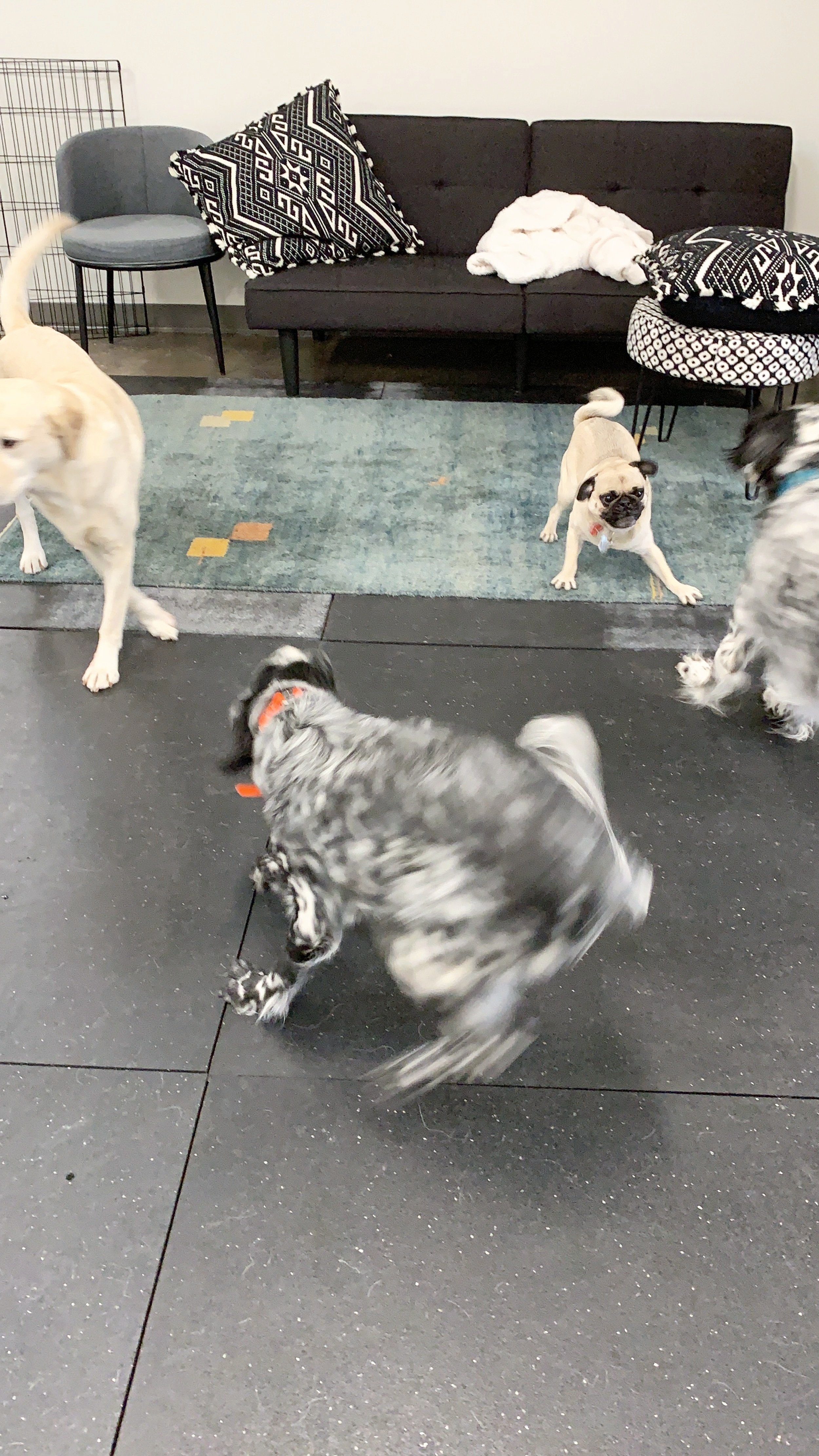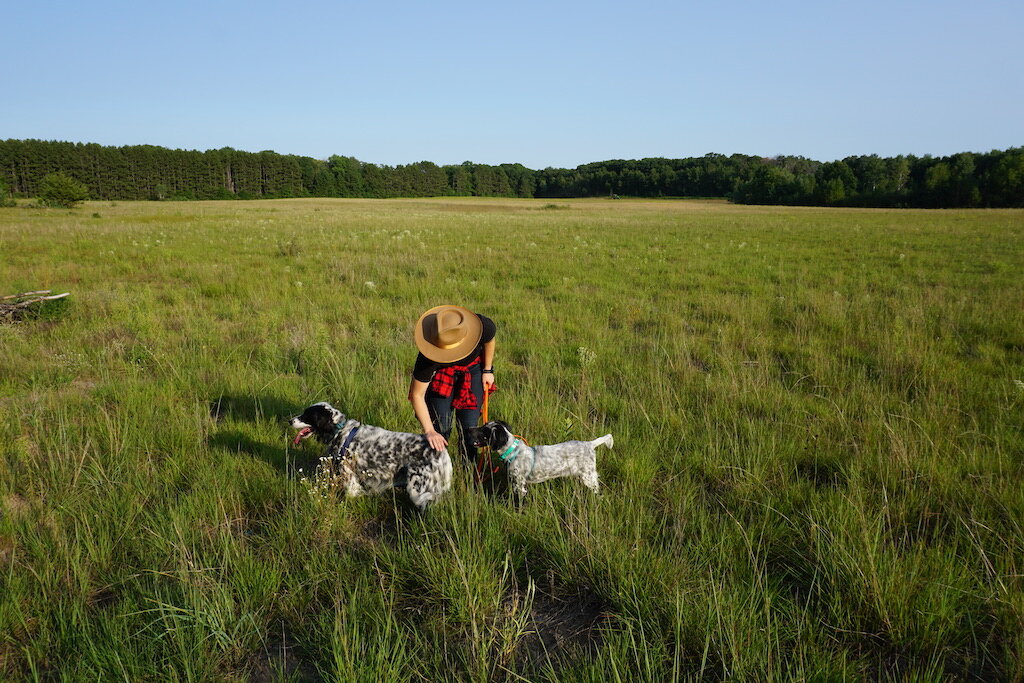Here we are again. Erin reflects upon her 10+ years of teaching, winces at some of her commonly used phrases, and needs to create a blog post dissecting it.
Let’s set the scene:
You’ve rolled out your mat in your favorite corner of your favorite yoga studio. Other students are filing in and you kindly smile at those who set their mat near yours. (This scenario is in a non-COVID world, of course.) The teacher comes in and you take a deep breath. It is now time to be told to move and breathe.
During challenging shapes that require a fair amount of range of motion or strength you hear your teacher say, Lean into your discomfort. And so you do. Half Pigeon might not feel super awesome in that practice, but you sweat it out and stick with it because discomfort is good.
A few hours after practice your knee hurts. The next day your knee hurts even more. And you’re left wondering, Was leaning into my discomfort the best choice for me in that moment?
-End scene-
That scenario is common in yoga and it’s complex.
Yoga & Discomfort
I know for a fact I have said something along the lines of If you’re feeling pain back off, but if you’re feeling discomfort breathe into it no less than a hundred times. It’s one of the long list of phrases young yoga teachers hear their teachers say and so they parrot the phrase without actually thinking about what they’re offering their students.
Yes, pain and discomfort could be classified as two different things. But how do we know? Deep down can we truly decipher the difference? Maybe discomfort is painful. Maybe sustained moments of discomfort can produce a sense of suffering.
So what’s yoga got to say about this whole discomfort, pain, and suffering thing?
In Patanjali’s Yoga Sutra there’s a lot of talk about suffering orduḥkha. Suffering is also described as a feeling of lack, unhappiness, or being dissatisfied. According to the Yoga Sutra and other yogic texts, suffering is an inevitable part of the human experience.
The ego gets in the way and we suffer. We create division between subject and object; the creation of opposites causes us to suffer. We create attachment to material objects and we continue to suffer.
In a nutshell we’re all doomed to a life full of suffering according to Patanjali. Pretty bleak, huh? But there is hope!
Moments of pain, sorrow, and suffering will always be present in our lives. When those moments of pain arise it’s important to consider the cause. Why am I experiencing a sense of suffering? Consider what’s deeper. What’s further below the baselayer of the pain I’m feeling?
For example, when our beloved cat passed away in September I was in agony. Sure, he was a cat, but I don’t think I have ever experienced loss and pain on that level before. Even a couple months out I find myself crying over that special guy. There’s something deeper there. My attachment to the past makes me unhappy. Deep down the death of my cat causes me to consider my own mortality which causes me distress. And when I can finally sit with the reality that everything is temporary and my existence is entwined with the existence of all things I might be able to develop a sense of peace and release from the suffering.
Although I find deep value in what Patanjali has to offer, I’m also going to mourn the loss of my cat no matter how much it sucks.
According to Patanjali, we can learn from our discomfort, suffering, and pain to support us as we move forward in life.
Yoga Sutra 2.16 states:
heyam-dukham-anagatam
The pain which is yet to come is to be avoided
Patanjali is not telling me to never adopt another cat to avoid the inevitable loss of another beloved pet. Patanjali is telling me that I can grow from my previous experience of loss. When it inevitably happens again I might be quicker to choose the path of experiencing the pain, investigating the pain, and to be at peace with the pain.
Clearly my the pain of losing my cat was emotional. So how does this all relate back to a movement practice and feeling discomfort in Half Pigeon?
Critical Thinking
From the perspective of a yoga teacher, I always want students to approach my directions in class as suggestions. I trust that students will make choices that are best for their physical and mental states in that moment.
At the same time, as the teacher, I need to be more clear in my language and the intention behind my words. While guiding class I also need to support students in thinking critically in their own practice. If I choose to use language around discomfort, I have to offer up more insight.
Rather than Suck it up, kid! You’re becoming a more resilient human by breathing through that discomfort!
Perhaps I could take that moment to educate my students.
With the example of Half Pigeon, I might ask students to bring awareness to the inside of the front knee, the outside of the front knee, the outside of the front hip, and the inside of the hip. I could provide students the opportunity to investigate the sensations they feel in those places. Then, based on their experience in those specific areas of the body, I’ll also offer an alternative shape or variation that might suit them better in that moment.
I fully understand that in a big group-style class it might not feel possible to provide an individualized option for everyone. I would, however, love to see the yoga community move toward a practice that is customizable and can be individualized even when there’s a lot of people in the room. Rather than setting the goal of getting every student into a specific shape in a synchronized fashion, why not aim to give guidance that allows every student in the room find a version of a shape that helps them feel whole and comforted? I will now descend from my soapbox…
Choices
My hope is that yoga becomes more of a choice-based practice with guidance provided by a teacher.
I understand that some folks show up to be told what to do as they move and breathe and their yoga mats. At the same time, I want to push against that narrative and ask why? Going back to Patanjali, what’s the deeper reason behind our desire to shut off our thinking brain in order to be told what to do? Is it our need to momentarily escape? Is it our deep-seated desire to disconnect? And from what? I’m intentionally using the word our because I absolutely lump myself into all of this thinking.
If I move into Half Pigeon and I experience discomfort, I will choose to make accommodations within that shape to make it feel sustainable for me in that moment. I’m not necessarily bypassing the discomfort. I’m giving myself the opportunity to sit with it in a more manageable manner. The accommodations I make are based on guidance provided by my teacher and I am simultaneously choosing to experience the shape in a way that feels supportive to my body and mind.
Boundaries
Ultimately this is a very long, not-super-linear way of me saying we all need to create our own boundaries.
I choose to set up my Half Pigeon in a specific way because it helps me bypass physical pain in my knees while providing me with insightful sensation in my outer hips. I choose to set up my Half Pigeon in a way that makes me feel like I have agency over my body. When I give myself the space to choose how I set up a shape I am providing myself with healthy boundaries. When I give myself the space to choose how I set up a shape in my practice I am also reminding myself I have the power to choose how I interact with the people and beings around me in a healthy manner. Based on previous experiences and explorations both on and off my yoga mat, I will create boundaries and make choices that allow me to avoid future pain.
By creating boundaries I am not necessarily bypassing discomfort. I do believe a bit of discomfort is necessary in order to learn, grow, and create forward progress. And we all know life is hard, relationships can be painful, and we cannot avoid challenging and uncomfortable situations in our lives. Through the practice we collect information, make educated choices, and establish boundaries that provide us with a supportive path forward.
If we sit with discomfort and realize it is not supportive in our growth as human beings it is time to move on because sometimes leaning into discomfort is not worth it.



